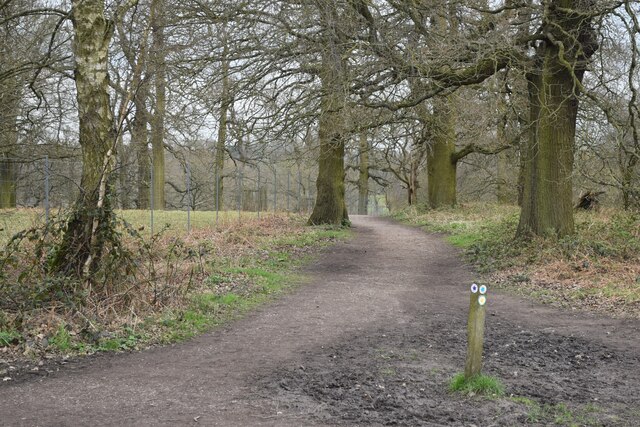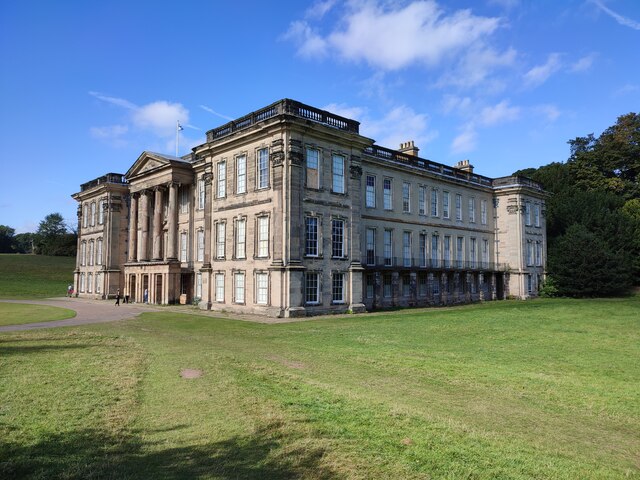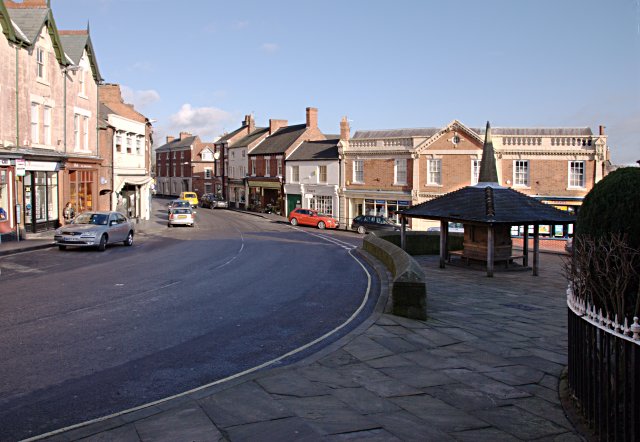Broadstone Holt
Wood, Forest in Derbyshire South Derbyshire
England
Broadstone Holt

Located in the county of Derbyshire in England, Broadstone Holt is a picturesque woodland area known for its scenic beauty and rich biodiversity. Situated near the town of Wood, this forested region spans over several acres and is a popular destination for nature enthusiasts and hikers.
Broadstone Holt is home to a diverse range of tree species, including oak, beech, and birch, which create a vibrant and lush environment. The forest floor is covered in a thick carpet of mosses, ferns, and wildflowers, adding to the natural beauty of the area. The dense foliage provides a habitat for numerous wildlife species, including deer, squirrels, and various bird species.
The forest is crisscrossed by a network of walking trails, which allow visitors to explore the area and enjoy its tranquility. These paths offer stunning views of the surrounding countryside and are perfect for leisurely walks or more challenging hikes. There are also designated picnic areas and benches along the trails, providing opportunities for visitors to relax and take in the peaceful surroundings.
Broadstone Holt is also known for its historical significance. The forest has remnants of ancient structures, including stone walls and old wells, which are believed to date back to medieval times. These historical features add an element of mystery and intrigue to the forest, making it an interesting destination for history enthusiasts.
Overall, Broadstone Holt, Derbyshire is a captivating woodland area that offers visitors a chance to immerse themselves in nature, explore its picturesque trails, and discover its rich history.
If you have any feedback on the listing, please let us know in the comments section below.
Broadstone Holt Images
Images are sourced within 2km of 52.813379/-1.4467473 or Grid Reference SK3724. Thanks to Geograph Open Source API. All images are credited.






Broadstone Holt is located at Grid Ref: SK3724 (Lat: 52.813379, Lng: -1.4467473)
Administrative County: Derbyshire
District: South Derbyshire
Police Authority: Derbyshire
What 3 Words
///skippers.poster.flying. Near Melbourne, Derbyshire
Nearby Locations
Related Wikis
Staunton Harold Reservoir
Staunton Harold Reservoir is a large reservoir under the management of Severn Trent Water, located between Melbourne and Ticknall in Derbyshire, England...
Melbourne, Derbyshire
Melbourne () is a market town and civil parish in South Derbyshire, England. It was home to Thomas Cook, and has a street named after him. It is 8 miles...
Calke Abbey
Calke Abbey is a Grade I listed country house near Ticknall, Derbyshire, England, in the care of the charitable National Trust. The site was an Augustinian...
Melbourne Hall
Melbourne Hall is a Georgian style country house in Melbourne, Derbyshire, previously owned by William Lamb, 2nd Viscount Melbourne, British Prime Minister...
Nearby Amenities
Located within 500m of 52.813379,-1.4467473Have you been to Broadstone Holt?
Leave your review of Broadstone Holt below (or comments, questions and feedback).














